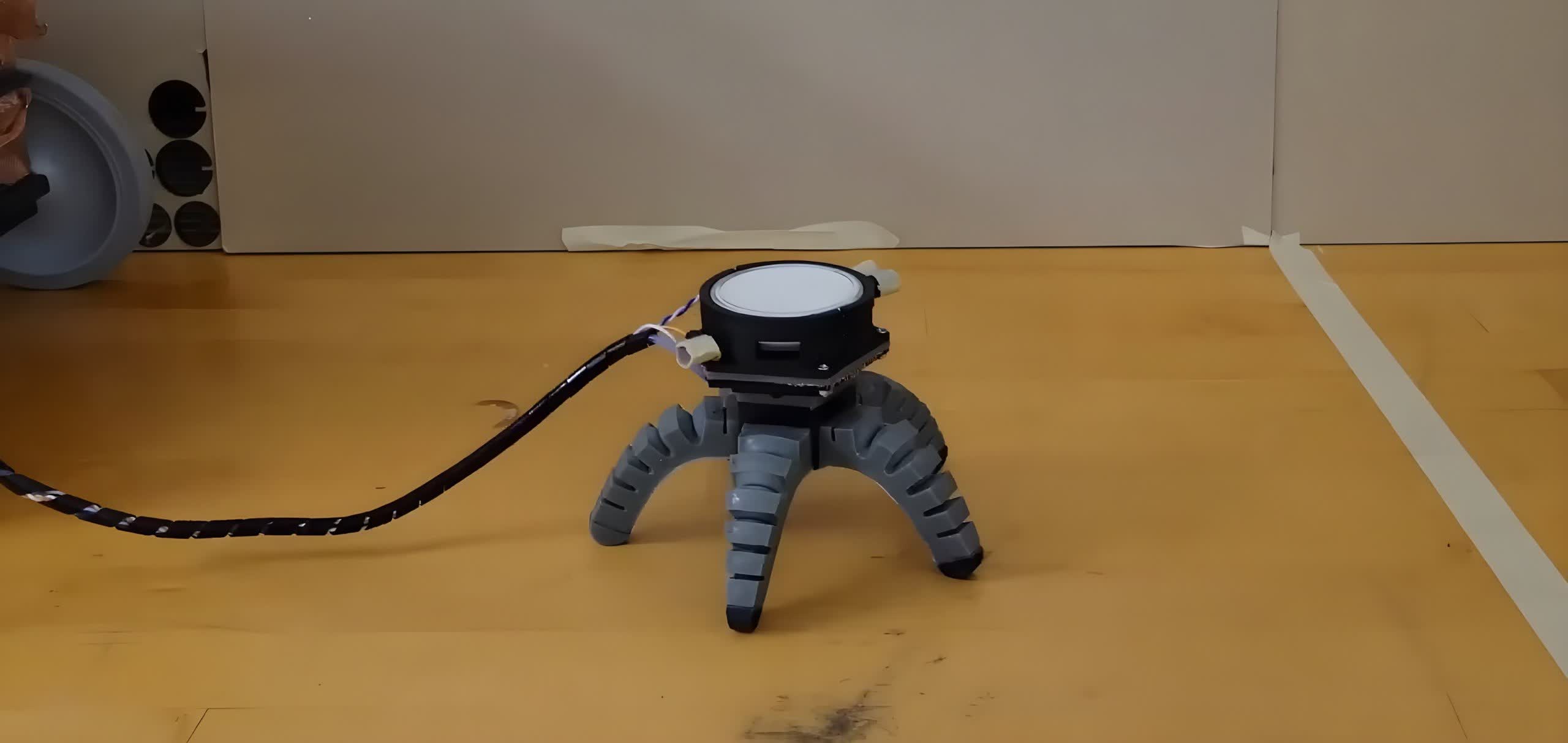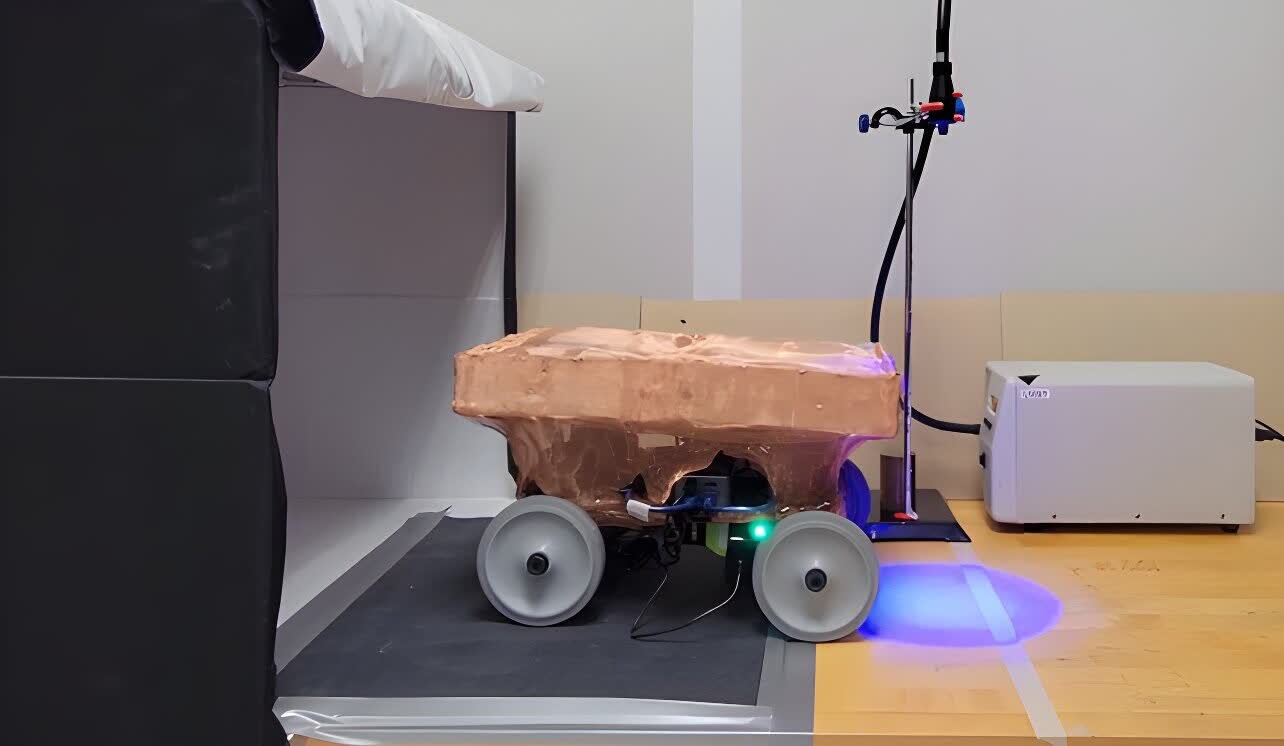WTF?! It's not enough that we have to worry about advanced AIs going rogue and destroying us all, but will a dystopian future also involve armies of robo-suited sentient mushrooms? Probably not, but researchers have managed to put king oyster mushrooms in control of a couple of tiny vehicles.

A team of researchers from Cornell University in the US and the University of Florence in Italy showed that it is possible to use the electrophysiological activity of the edible mushroom species Pleurotus eryngii (aka king oyster or king trumpet mushroom) to drive mechanical machines.
The researchers achieved this feat using the mushroom's mycelia network, which responds to stimuli.
"Living systems respond to touch, they respond to light, they respond to heat, they respond to even some unknowns, like signals," said Anand Mishra, a research associate in the Organic Robotics Lab at Cornell.
"That's why we think, OK, if you wanted to build future robots, how can they work in an unexpected environment? We can leverage these living systems, and any unknown input comes in, the robot will respond to that."
In the study, inputs such as ultraviolet light were used to trigger the mushroom's electrical impulses. These were turned into digital commands, making the squid/octopus-like robot retract and expand its legs, causing it to flop around the table. It's a slow process, which is why the video is running at 10X speed.
There was also an experiment in which the mushroom controlled the movements of a small four-wheeled vehicle.

This wasn't just an experiment to show that a mushroom could kind-of drive tiny vehicles. The fact that they can control a mechanical system through stimuli suggests there will eventually be practical, real-world applications. The researchers note that future robots could, for example, sense soil chemistry in row crops and decide when to add more fertilizer or chemical decontaminants. There's also the prospect of a mechanical device that reacts to changes in our bodies.
Details of the biohybrid robot were published in the journal Science Robotics, in a study titled Sensorimotor control of robots mediated by electro-physiological measurements of fungal mycelia.
Researchers have been experimenting with the integration of living organisms and machines for years. The OpenWorm project started in 2015 – an open-source mission dedicated to creating the first virtual organism in a computer. At the time, the project showed off a Lego robot controlled by the brain of a worm.
Researchers put mushrooms in control of tiny vehicles for groundbreaking study